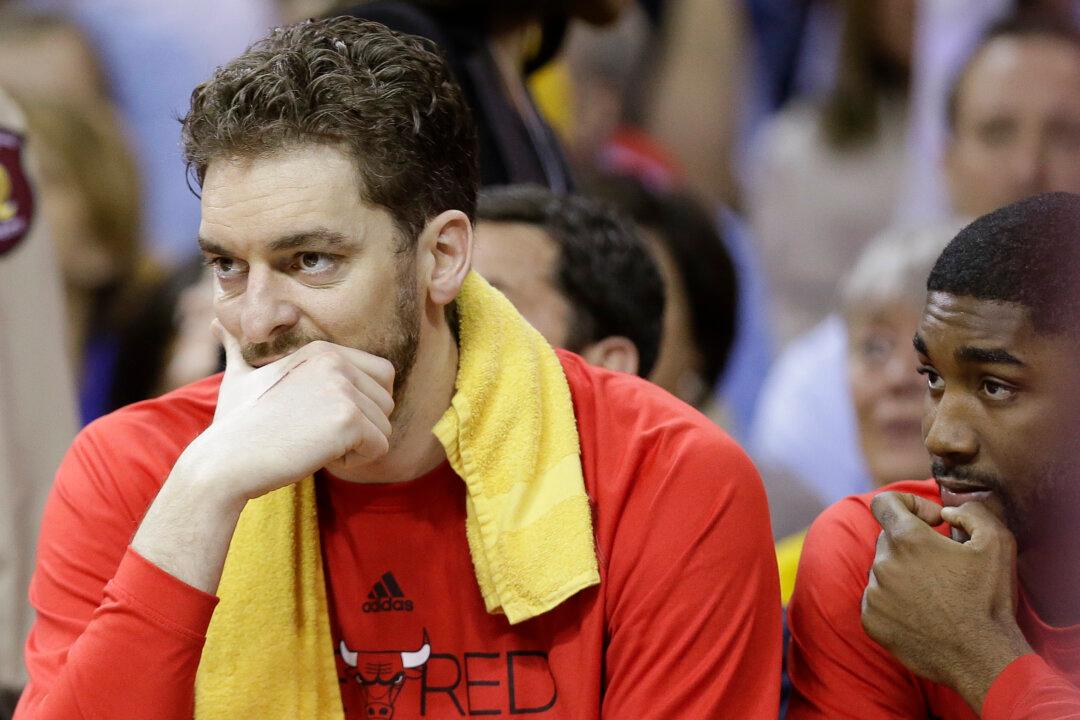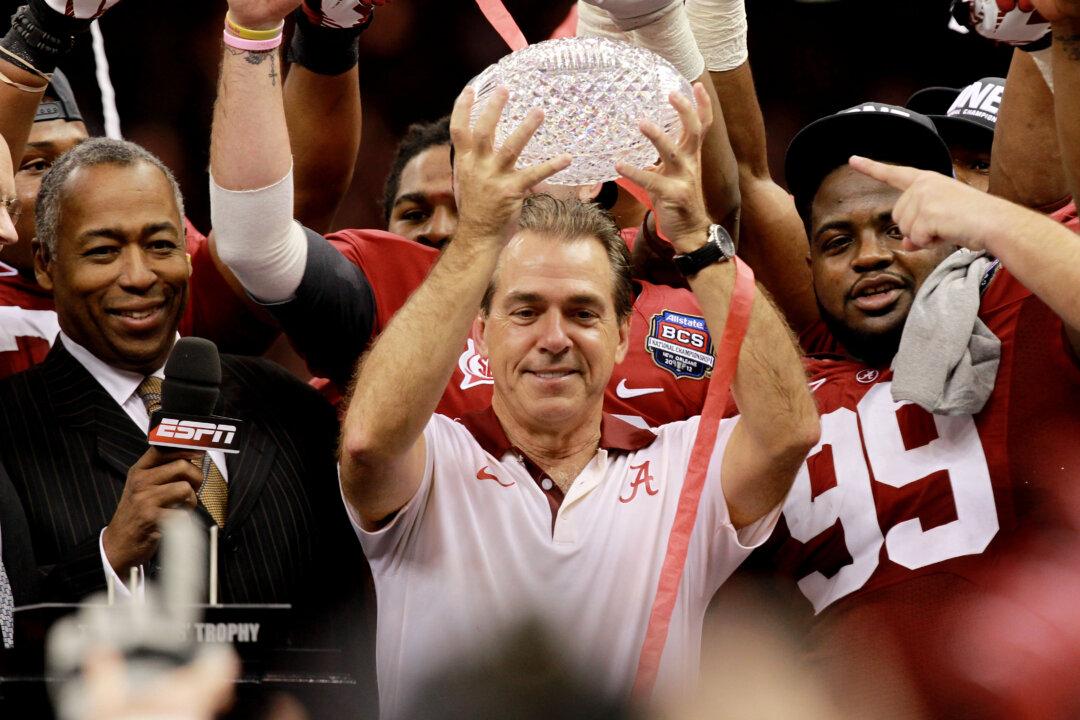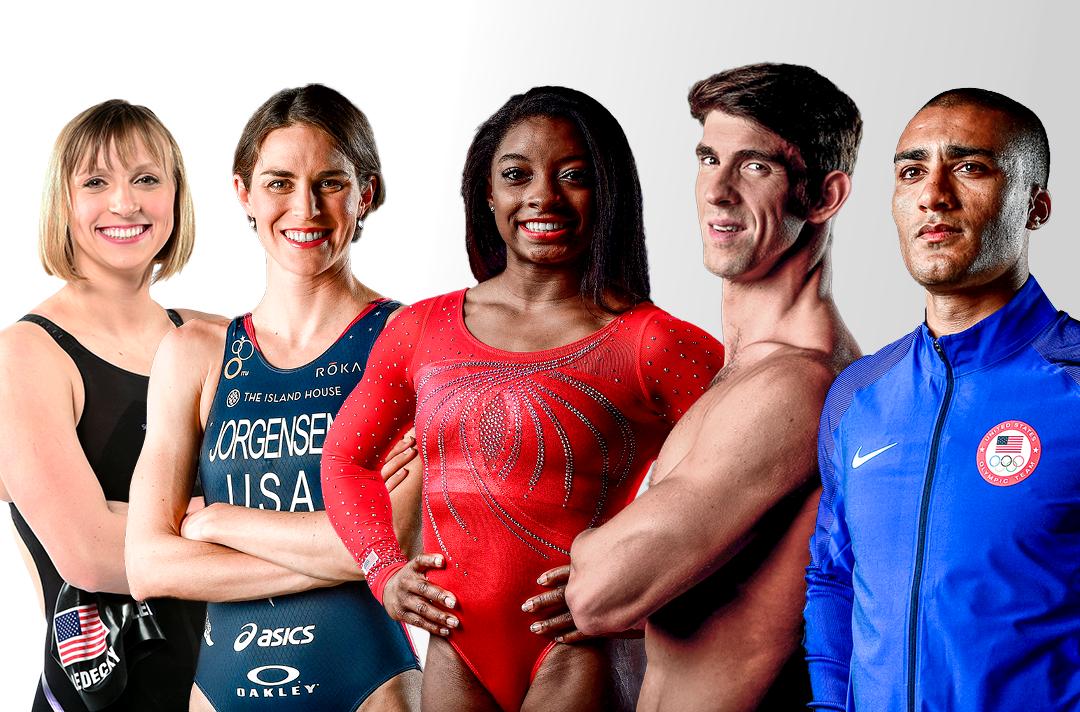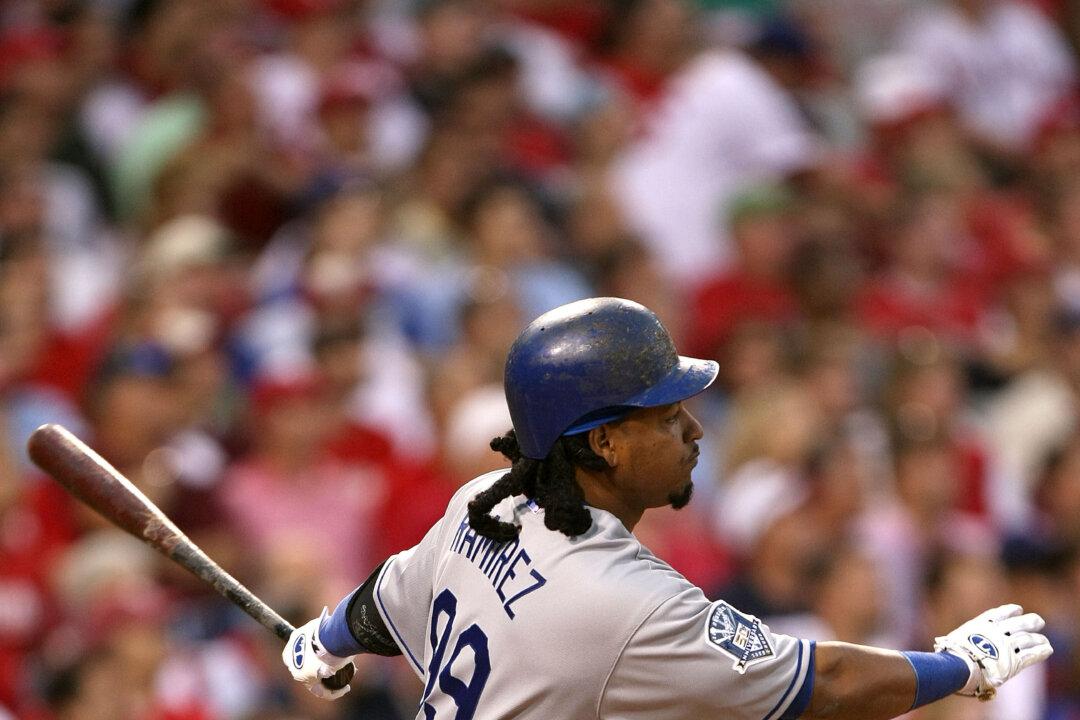The Bulls officially lost Sunday’s Game 4 tilt in Chicago when LeBron James’s incredible last-second fade-away jumper in the corner was good, capping a back-and-forth 86–84 win by Cleveland.
Unofficially, the game was lost when Pau Gasol went down with a hamstring injury in Game 3 Friday night.
Sure, Chicago conceivably could have won had Game 4 Cleveland head coach David Blatt been slapped with a “T” late in the game (had the referees seen him call a timeout with none left), but they were struggling down the stretch without their difference-maker in the post. Now with two of the three remaining games to take place in Cleveland, there’s little hope for a Gasol-less Bulls team to advance.





